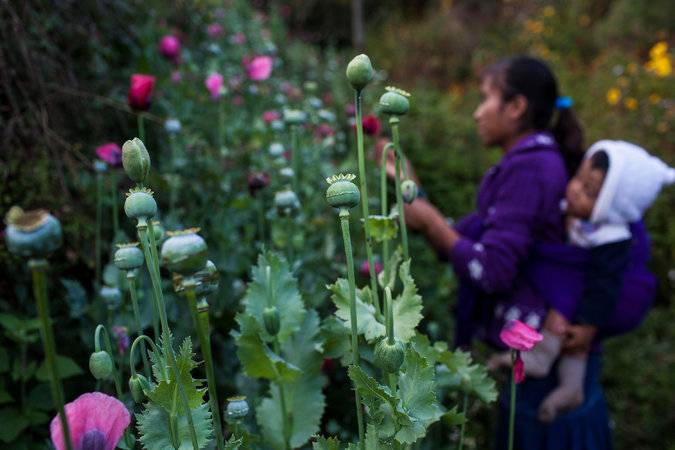
There would be no drug trade in anything if:
a. Americans stop using the stuff
b. It's legalized, controlled, and taxed to provide medical treatment for druggies.
Read more of this sad story @ http://www.nytimes.com/2015/08/30/w...-heroin-demand-in-us.html?partner=rss&emc=rss




